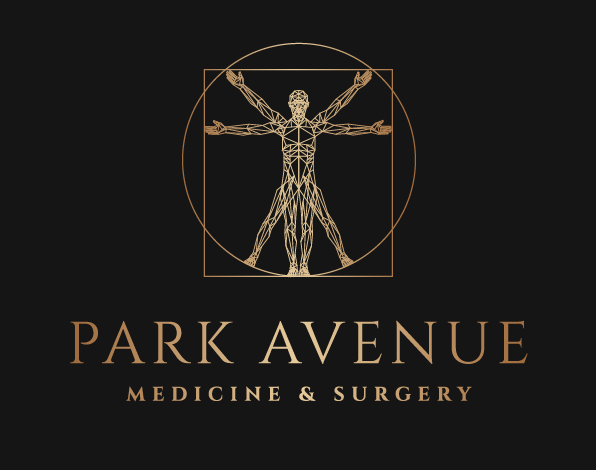Blood Pressure Basics
Blood pressure is one of the most crucial aspects of a clinical checkup. And rightly so– an abnormality in regular blood pressure may be indicative of larger, more serious conditions. You may recall having a black cuff wrapped around your arm during your visits to the clinic and feeling it tighten as the doctor or nurse inflated it with air. While the process may seem simple, measuring blood pressure enables doctors to screen for hypertension, assess whether an individual is suitable for a certain sport or occupation, determine whether a medical procedure should be performed on a patient, and much much more.
Most people know that blood pressure should be maintained at certain levels, but what exactly? To understand more about blood pressure, first it is essential to know what the normal range is. Normal blood pressure is generally described to be 120/80 mm Hg. In this format, 120 is the systolic pressure and 80 is the diastolic pressure. Systolic pressure refers to the pressure that the blood exerts on the walls of arteries as the heart beats, and diastolic blood pressure refers to the pressure that blood exerts against the walls of the artery between beats.
Generally, most people are concerned when blood pressure levels go beyond the normal range. According to the American Heart Association, elevated blood pressure is when systolic blood pressure is 120-129 mm and diastolic blood pressure is less than 80. However, this condition is likely to develop into high blood pressure if necessary precautions are not taken. Anything beyond the scope of high blood pressure is then known as Hypertension, which comes in two stages. Hypertension Stage 1 is systolic blood pressure of 130-139 or diastolic pressure of 80-89. At this stage, doctors often inform patients about necessary changes to their lifestyle and may consider medication. Hypertension Stage 2 is then systolic pressure of 140 or higher or diastolic pressure of 90 or higher. At this stage, doctors are likely to prescribe both blood pressure medication and lifestyle changes. In even more severe conditions, an individual enters hypertensive crisis, where systolic blood pressure is greater than 180 and diastolic pressure is greater than 90. Individuals at this stage must seek immediate medical attention. If you diagnose yourself with 180/120 blood pressure, it is recommended to wait 5 minutes then test again to see if blood pressure readings are consistently high. If so, you should contact your doctor immediately. Individuals with hypertensive crisis may be experiencing organ damage. Symptoms of this include nosebleed, headache, shortness of breath, back or chest pain, weakness, changes in vision, and difficulty speaking.
Oftentimes, high blood pressure comes with no noticeable symptoms, which is why it is often regarded as a silent killer. The damage may slowly progress in the body years before symptoms come to awareness. High blood pressure causes damage to arteries and to the heart, as excessive blood flow puts stress on these structures. Perhaps less known is that high blood pressure can cause damage to the brain, including mild cognitive impairment and dementia as a result of deprivation of blood within the brain. Furthermore, high blood pressure affects the kidneys, which are the organs necessary in excretion of fluid and waste from the body. However, these functions are dependent on functional blood vessels. As such, high blood pressure could lead to kidney failure, kidney scarring, or kidney artery aneurysm. Even the eyes are susceptible to damage, as high blood pressure may damage the small, fragile blood vessels that deliver blood to the eyes. This could cause retinopathy, choroidopathy, or optic neuropathy – more simply known as eye blood vessel damage, fluid buildup under the retina, and nerve damage. Other less known possible dangers include bone loss, sleep apnea, and sexual dysfunction. Although there may be no direct causal relationship, there are also a variety of symptoms that may be indirectly associated with high blood pressure. These include blood spots in the eyes, facial flushing, and dizziness.
A less well known condition is hypotension, or low blood pressure. A blood pressure reading of less than 90/60 is defined to be low blood pressure. For many people, low blood pressure does not have any negative symptoms. However, individuals with abnormally low blood pressure may suffer from dizziness and fainting, and for some, it can be fatal. Major symptoms also include nausea, blurred vision, fatigue, and lack of concentration. Extreme hypotension can result in cold and clammy skin, shallow breathing, a weak and rapid pulse, and confusion. Low blood pressure can happen to anyone. However, people who take certain medications, such as alpha blockers, have a higher risk. People who also suffer from other diseases, such as Parkinson’s, diabetes, and some heart conditions may have a higher risk of low blood pressure.
However, it is important to know that there is a large deal of individual variation in blood pressure. What may be considered low blood pressure to you may be normal for another person. As a note, sudden changes in blood pressure are almost always dangerous, as it abruptly changes the amount of blood supplied to various regions of the body. As with all medical conditions, it is important to consult a medical professional and not rely on self-diagnosis. This is especially true with blood pressure complications because blood pressure has a great deal of individual variation, making it difficult to analyze one’s own blood pressure. It is important to know the warning signs so you can promptly receive necessary medical attention and be on your way to a potentially swift recovery.
References:



